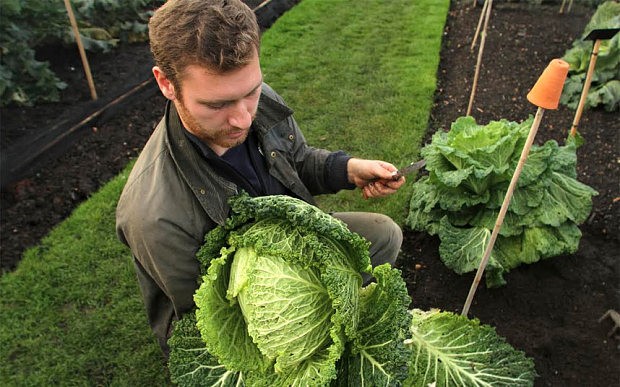Top 10 tips for a firsttime art investor
Post on: 16 Март, 2015 No Comment

As part of a diverse investment portfolio, art can be an excellent alternative investment if approached correctly. “There are great opportunities in the South African art market for first-time buyers, but there are just as many pitfalls. It is crucial for novices to ensure they are well informed about the vagaries of the art market before rushing out to make a purchase,” says Stefan Hundt, curator of the Sanlam Art Collection and head of the art advisory service of Sanlam Private Investments (SPI).
Advantages of investing in art, says Hundt, are that it can offer a hedge again inflation, there are no capital gains taxes when an individual sells an artwork and it is a lifestyle investment that can be enjoyed on display in a home. “But on the downside, there are high transaction costs, up to 20%of the value of the piece at auction. It is vulnerable to damage so insurance is vital, and it doesn’t provide any income stream.
“Nevertheless, there are good returns to be made if you approach your investments wisely and follow the right principles,” he says.
Here are Hundt’s top 10 tips for the first-time art investor:
1. Thoroughly research the art market. Before you buy, make sure you have done your research on the artwork, the artist, and the art market and prices in general. “Take time to educate yourself. If you don’t have the knowledge, get the right advice, but don’t rush into a purchase without having done your homework.”
2. Know who you are buying from. If you are buying through a dealer, find out how long they have been in the business and whether they have fixed premises. “There are unscrupulous dealers out there who will try to take you for a ride,” says Hundt. With an auction house, be informed about the relevant procedures and expectations. Read the conditions of business usually printed in the catalogue accompanying the sale.
3. Establish the authenticity of the artwork. This can either happen through the dealer, if they are credible, or you can find an independent expert to do it for you. At an auction the onus is placed upon the buyer to establish the authenticity of a work offered on sale.
4. Don’t be in a hurry. Timing is crucial and the right work isn’t always available at the right time. “Good works are rare. Take time to look around and get a good picture of what is going on in the art market.”
5. Don’t buy something you don’t like. Make sure you will be able to live with your artwork. After all, you have bought it not only as an investment, but also for your own enjoyment.
6. Be aware that artworks require care. Unlike shares, you are buying a physical item, so you must be prepared to look after your artwork yourself, and protect it against damage.
7. Don’t follow the herd. Don’t buy what is fashionable – just because people are paying a lot of money for a certain artist, doesn’t mean all his or her works are of equal quality. “One work by Irma Stern may have sold for R23 million, but this is no guarantee that every Stern is worth this,” Hundt says.
8. Be aware of price manipulation. Ask around, and don’t just accept the price quoted by one dealer or gallery. Find out what similar works by the artist have sold for.
9. Understand that the art market is in constant flux. There is continuous price fluctuation. On average, your investment will be a long-term one. But don’t get too emotionally attached to it – be prepared to let it go when the right time comes.
10. Obtain the services of an expert art adviser. As with any investment, you must have a strategy and a particular focus. What is your risk profile? Is your investment about diversity, or about value? An objective adviser can help you determine your focus. Also, there are bargains to be found in artworks that people are not currently buying, but you may need objective advice about what is valuable and has potential.














